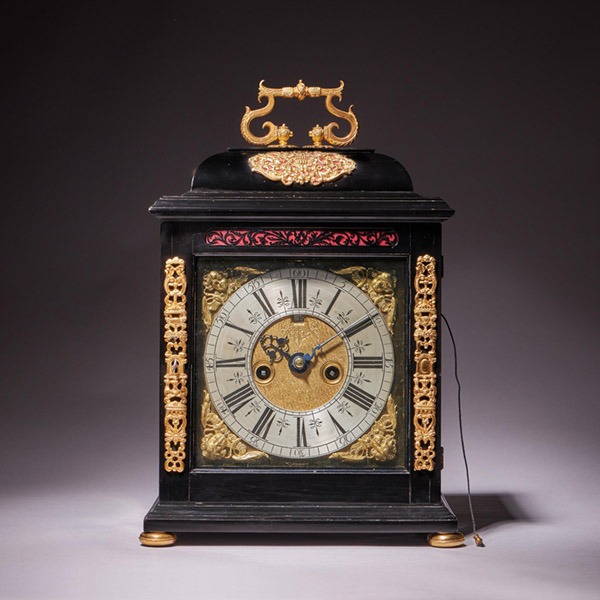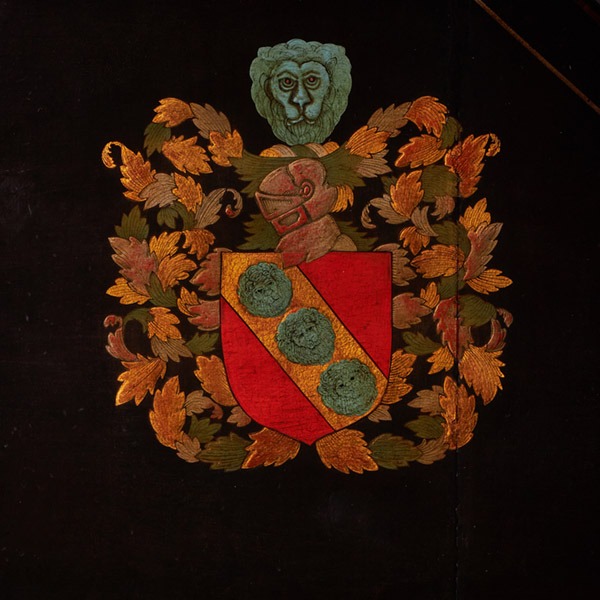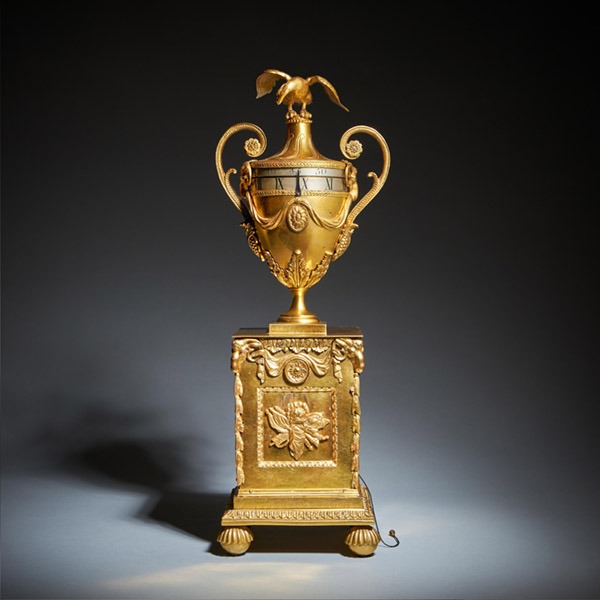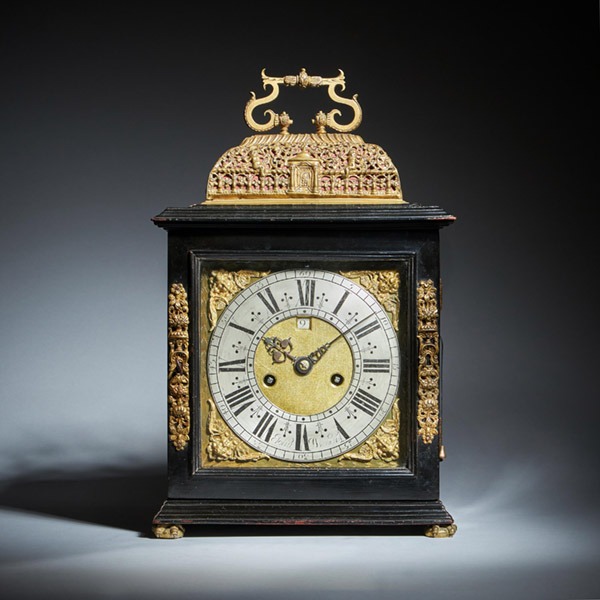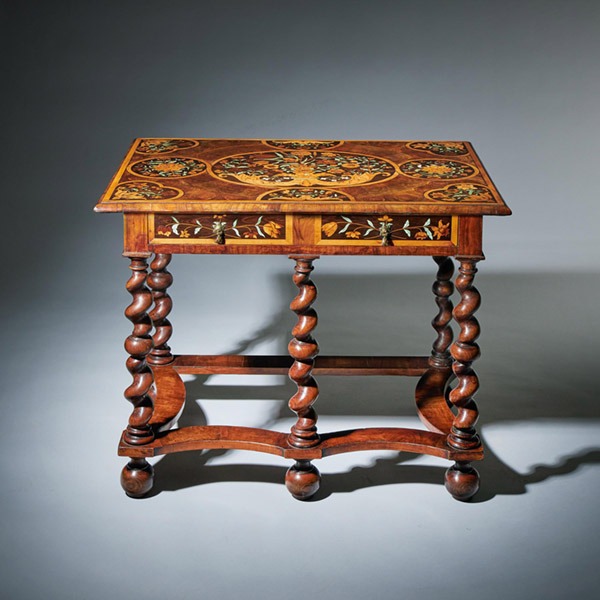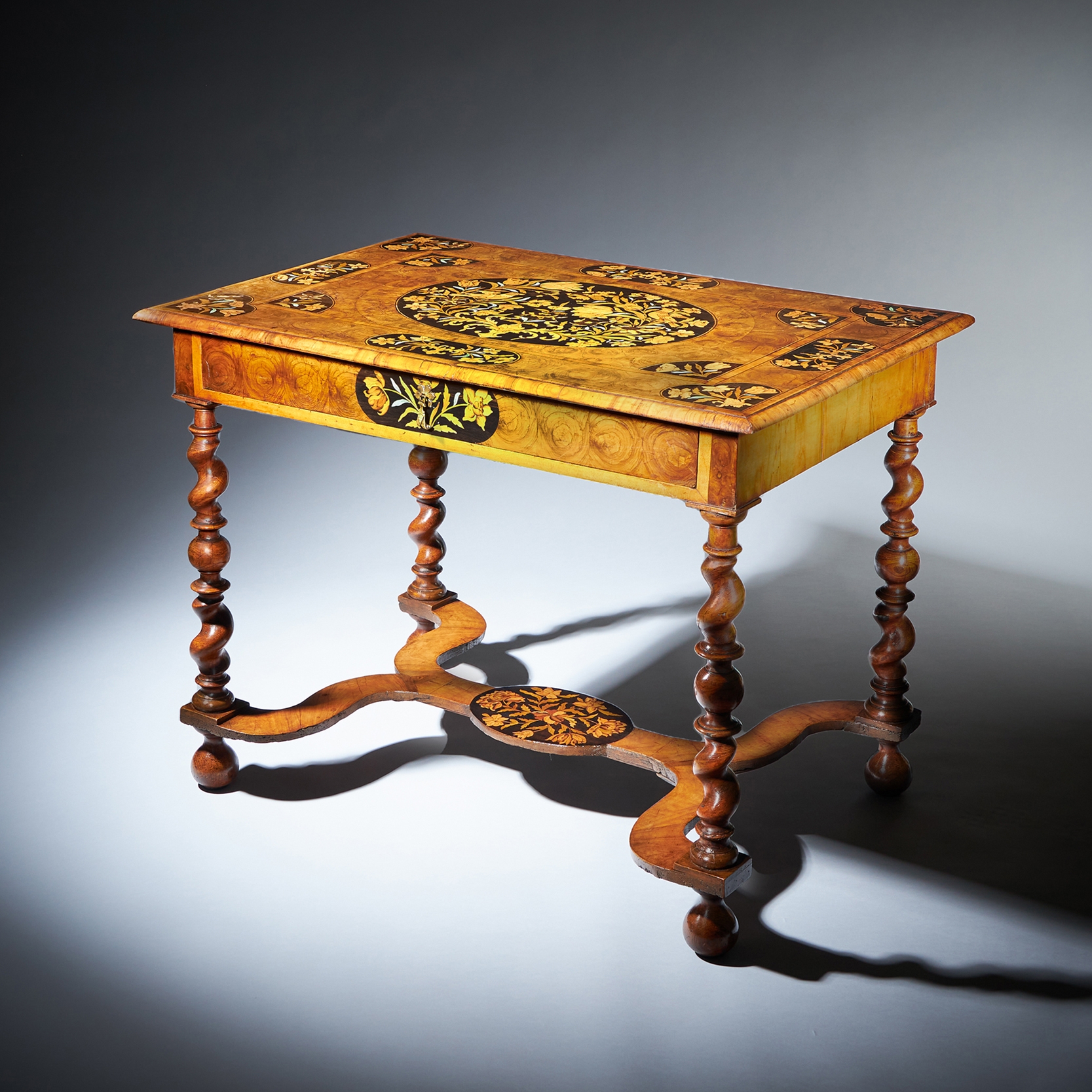
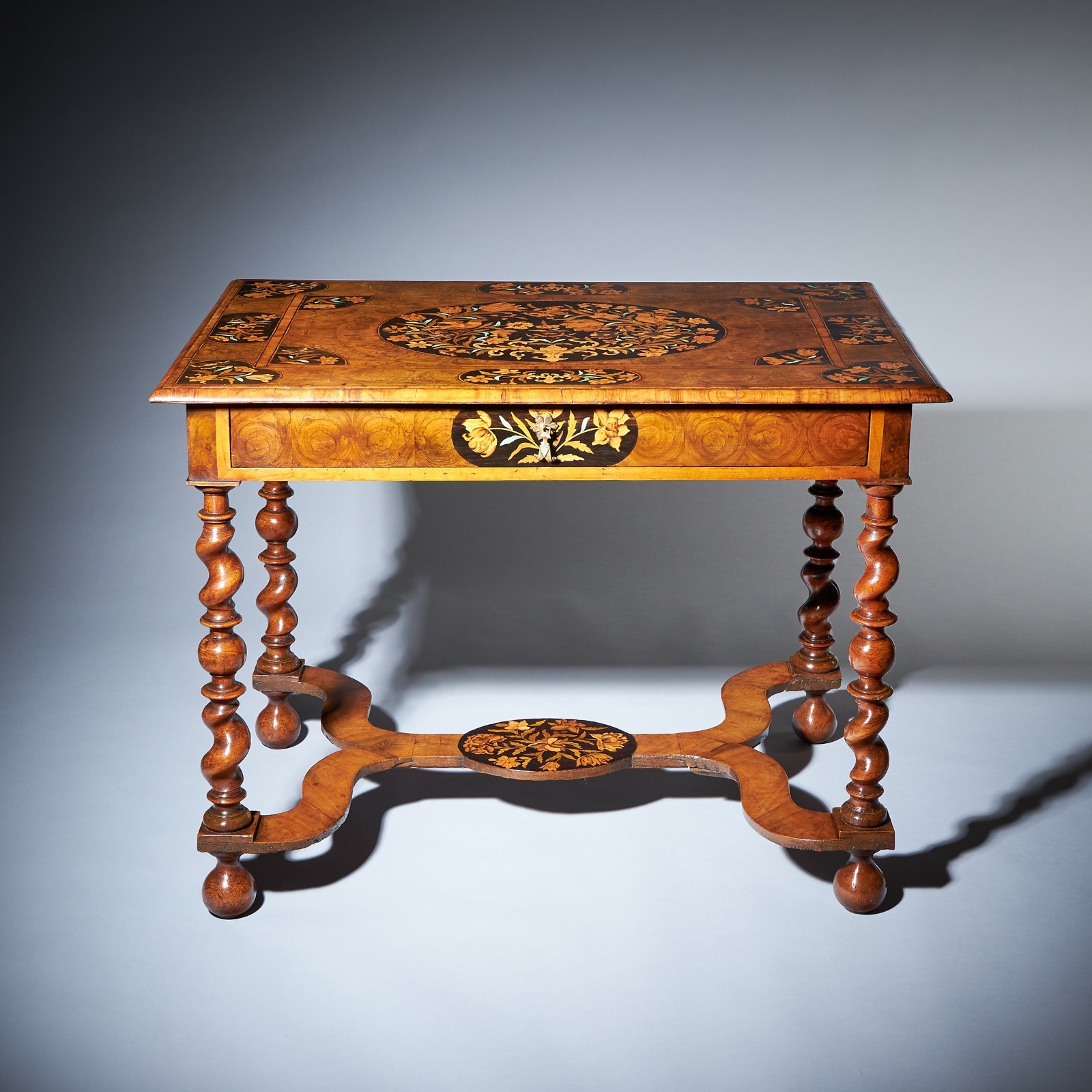
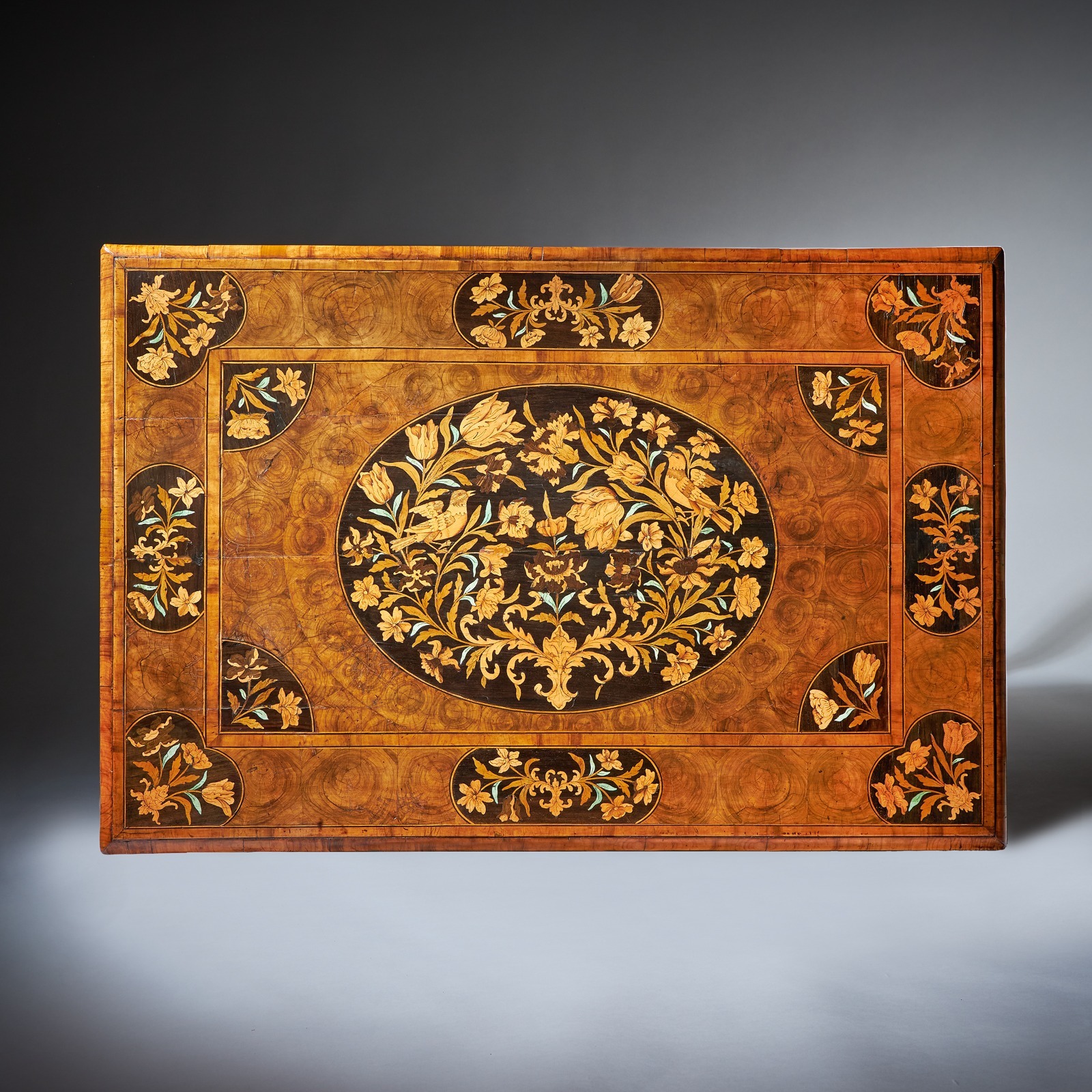
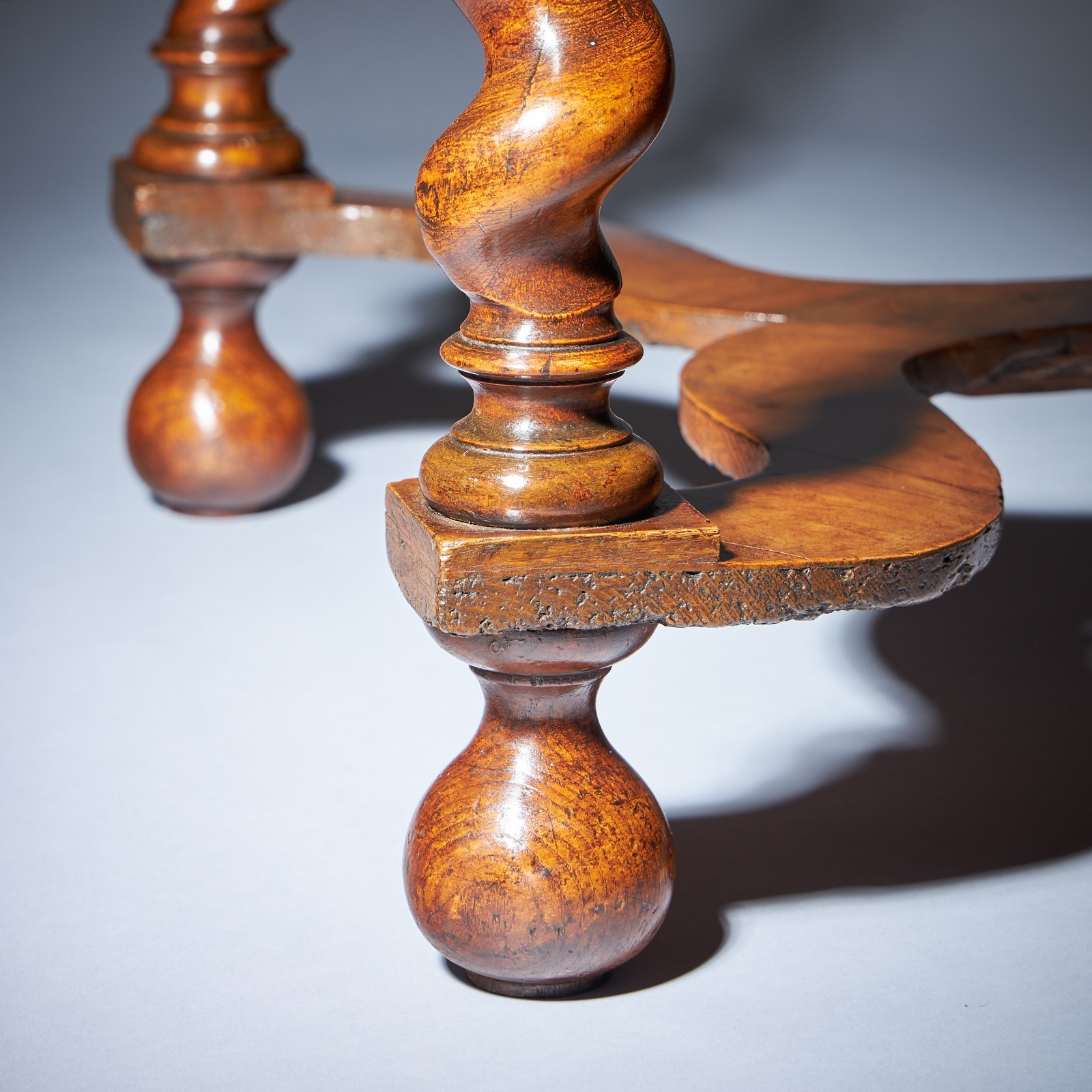
The important floral marquetry inlaid olive oyster and ebony table, attributed to Gerrit Jensen (fl.1667-1715), was featured in The Antiques Trade Gazette. 21.08.2023, Issue 2606
Marks comments “The layout of the oyster work and marquetry is sensational. The use of so many different types of wood and stained bone layed in a naturalistic manner in conforming reserves showcase the skill of the maker.”
As the article explains, the table is attributed to Gerrit Jensen who made furniture not only for Charles II but also became royal cabinetmaker to William and Mary.
“Tastes turned towards the elaborate French style” Editor Frances Allitt explains;
Two examples of 17th-century English furniture, reflecting the era’s vogue for French forms and top-quality marquetry and parquetry, stand out among dealers’ offerings this month. One is a Charles II olive floral marquetry table available from Oxfordshire firm Alexander George Antiques for £48,000.
In nearby Witney, WR Harvey & Co features a William and Mary period Oyster kingwood and rosewood escritoire for £60,000.
Chunkier oak furniture remained dominant in Britain throughout the 1600s.
However, for the wealthiest members of society, tastes turned towards elaborately decorated French-style furniture following the restoration of the monarchy. It was Charles II himself who brought his love of such pieces with him when he returned from exile in France to take the throne in 1660.
Oyster work
Both the pieces in question involve prime examples of oyster veneering – the technique of taking thin cross sections of a trunk or branch and laying them side by side in a distinctive repeating pattern.
In the case of the side table from Alexander George, the oyster work is in olive wood. The surface of the table, 3ft 1in (94cm) wide, also features elaborate floral marquetry in olive as well as ebony, holly, walnut and tulip, along with stained bone.
It is attributed to Gerrit Jensen. Thought to have been Dutch, he may have studied the art of marquetry both at home and in Paris before settling in London, where he is known to have worked from at least 1677.
Setting up shop in St Martin’s Lane, he rose to prominence, completing a commission for Charles II and was later appointed royal cabinetmaker to William and Mary.
The attribution stems from a group of floral marquetry furniture also attributed to him, particularly a table in the collection of Ham House in Richmond.” Credit, Frances Allitt, Antiques Trade Gazette.
See the full listing here https://alexandergeorgeantiques.com/oyster-floral-marquetry-table-circa-1680-1690/



